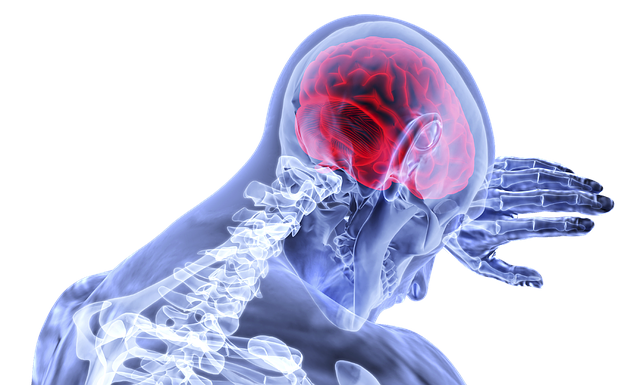An interesting article titled “Association between internal carotid artery calcifications detected as incidental findings and clinical characteristics associated with atherosclerosis: A dental volumetric tomography study” appears in the European Journal of Radiology written by Niege Michelle and et al. (no. 145, 2021). The article seeks to determine if calcifications in the internal carotid artery (ICA) in cone-beam computed tomography (CBCT) can be associated with vascular disorders that can lead to stroke. Calcifications in the ICA are a risk indicator for ischemic problems in cerebral circulation, cerebral atrophy, and atherosclerosis in cardiovascular circulation.
In the article the researchers started with 1176 CBCT exams from a database of a private dental records involving the preparation of dental implant placement. The researchers excluded many of those CBCT scans because the patients were younger than 40 years old or they did not have a correctly filled medical record or they had an image that was not satisfactory. This left the researchers with 284 CBCT exams from which they analyzed the presence and severity of calcifications.

The authors found that calcifications were observed in the ICA paths in 179 (63.0%) exams, with 57 of these being in the extracranial pathway and 166 in intracranial pathways. A total of 44 of these 179 exams had both extra and intracranial calcifications. Further, it was found that 54 (60.0%) of the extra calcifications and 82 (19.2%) of the intracranial calcifications were severe. The authors found no difference between males and females. They did find that the number of missing teeth, increasing age, and hypertension were associated with the presence of calcifications. The authors state:
1. There is a higher occurrence of calcifications in the intracranial path; however, these are more severe in the extracranial path.
2. The number of missing teeth showed a direct association with the severity of calcifications as well as advancing age.
3. Hypertension and the use of antihypertensive drugs were directly associated with the presence of calcifications.
It is noteworthy that while the patients in this study had CBCT scans performed because they were going to be having dental implants, CBCT scans are increasingly being for other areas of dentistry such as cleft palate assessment, visualization of abnormal teeth, evaluation of the jaws and face, endodontic diagnosis, wisdom teeth surgery, and dental trauma diagnosis. These CBCT scans typically can have incidental findings which are when it is possible to detect abnormalities outside the specific area being evaluated. The authors feel that dentists and oral surgeons can observe these incidental findings of calcifications in the internal carotid artery from these cone-beam computed tomography scans that are being performed for dental purposes. They can then refer the patient to other medical doctors who can perform additional investigation. The authors state:
“Although CBCT is not the exam of choice for assessing cardiovascular diseases, this exam permits the detection of calcifications in the ICA both in its extra and intracranial pathways….as incidental findings….the dental surgeon or the oral radiologist can be the first professional to detect this change and earlier to refer the patient to the physician for further investigations.”
The authors note several limitations of their study including that CBCT is not the preferred exam for assessing heart disease. They feel more well designed studies that evaluate additional outcome variables like morbidity and quality of life could be useful. They also mention some potential sample size issues in their study that limit it from being applicable to a larger population.
